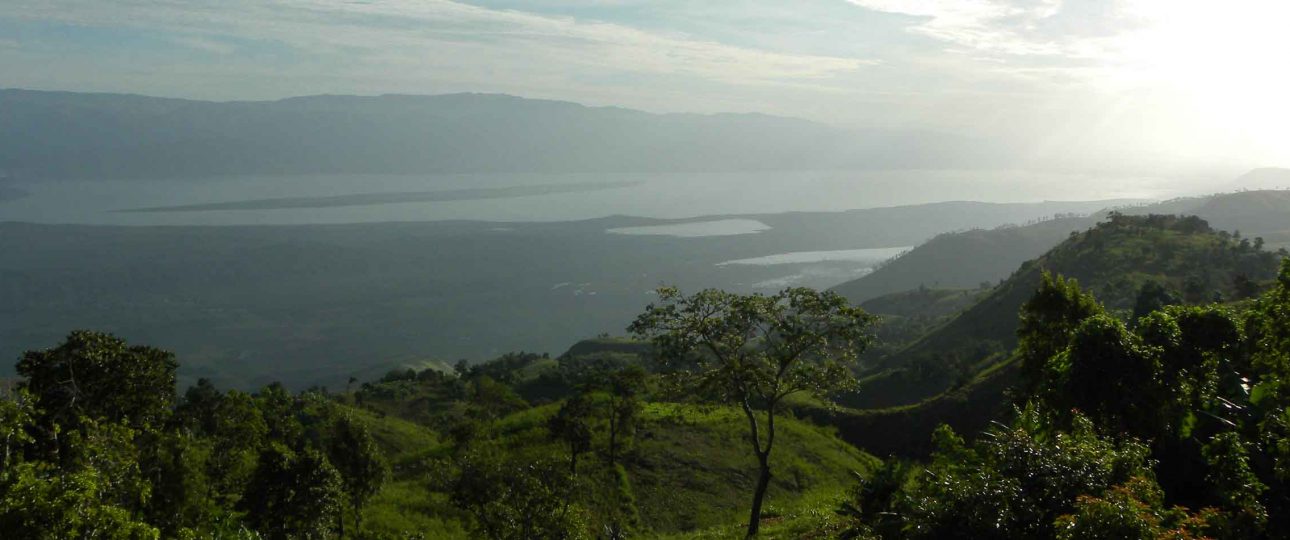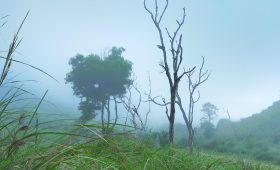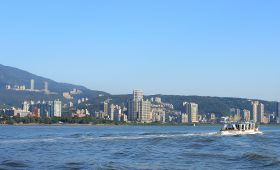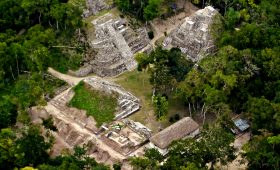Exploring the Massif de la Hotte
Located in southwestern Haiti on the Tiburon Peninsula, the Massif de la Hotte is a mountain range that offers a unique blend of ecological and historical significance. This area, once separated from the rest of Haiti by a deep sea channel around 2.5 million years ago, has evolved into a biodiversity hotspot. The isolation has fostered a remarkable level of endemism, particularly among its bird, plant, and reptile communities.
Geography and Biodiversity
The Massif de la Hotte is divided into three sections: Oriental la Hotte, Central la Hotte, and Occidental la Hotte. The Occidental la Hotte, in particular, is noted for its remote and biologically diverse environment. It supports some of the last remaining stands of Haiti’s dense cloud forests, which are crucial for the region’s ecological health.
Pic Macaya, the highest peak in the Massif de la Hotte, reaches approximately 7,700 feet (2,347 meters) and is the second-highest peak in Haiti. This elevation supports a wide range of habitats, contributing to the massif’s status as one of Hispaniola’s most biologically diverse areas.
La Hotte Biosphere Reserve
The La Hotte Biosphere Reserve, which includes both terrestrial and marine areas, underscores the region’s ecological importance. It encompasses six mountain peaks and various ecosystems, such as coastal marine and mangrove areas. The reserve’s diverse climates, ranging from humid to subtropical dry, further enhance its biodiversity.
At the heart of the reserve is Pic Macaya National Park, established to conserve the area’s unique ecosystem and cultural values. The park is a vital center for research and education, emphasizing the importance of conservation efforts in maintaining the region’s biodiversity.
Flora and Fauna
The Massif de la Hotte is home to a variety of endemic species. Its karst forests are rich with orchids, bromeliads, lichens, and bryophytes. The region’s rain frogs (Eleutherodactylus) are also unique to this area, highlighting the evolutionary paths shaped by the massif’s isolation.
The La Hotte Biosphere Reserve also supports diverse aquatic and avian life. Freshwater and marine fish species, including tilapia and native Limia, thrive here. The reserve’s waters host marine species like the ball anemone and rock-boring urchin. Birdwatchers can spot species such as the Hispaniolan emerald and the spotted sandpiper.
Local Culture and History
The reserve is home to approximately 855,000 people, whose livelihoods depend on farming, agriculture, agroforestry, fisheries, commerce, handicrafts, and tourism. These activities highlight the need for sustainable practices to balance economic development with conservation.
Historically, the Massif de la Hotte served as a refuge for maroons during slavery and later as a strategic base during Haiti’s wars of independence. The area’s historical remains testify to its role in Haiti’s struggle for freedom and the resilience of its people.
Visiting the Reserve
The best time to visit the La Hotte Biosphere Reserve is during the dry season, from November to April. This period offers pleasant weather and less rainfall, making it ideal for exploring the reserve’s natural beauty. However, be prepared for sudden weather changes, even during the dry season.
To reach the reserve, fly into Port-au-Prince International Airport. From there, you can hire a taxi or rent a car. Alternatively, take a domestic flight to a regional airport near the reserve and arrange local transportation. Hiring a local guide is recommended for navigating the area and gaining insights into its flora, fauna, and culture.
While exploring, stick to designated trails to minimize your impact on the delicate ecosystem. The reserve offers a chance to immerse yourself in nature and experience the rich cultural heritage of the local communities.




